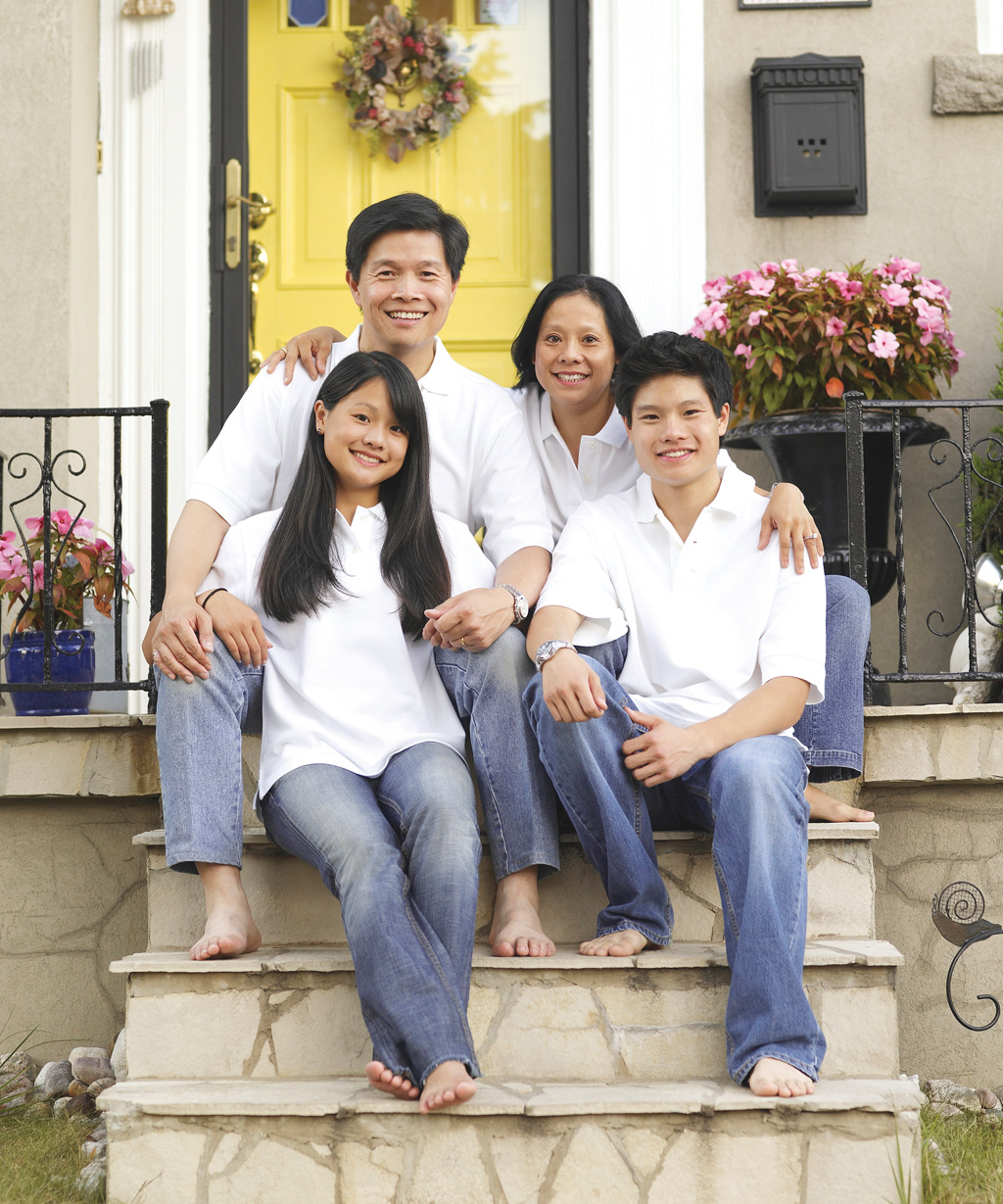By Marilyn Kennedy Melia
CTW Features
The financial crisis created a barrier to home buying for some young adults, with many continuing to live in their parents’ homes.
But the crisis also spawned a surge in homes to rent, an option for young families who don’t want an apartment, but a house. Moreover, with this option they may still be living under “Mom and Pop’s” roof.
According to research from real estate site Zillow, the share of single-family homes that are rented increased from 13.4 percent in early 2007 to 18.8 percent by early 2015.
The term “mom and pop” landlord describes individual owners, as opposed to corporate institutional investors, explains G. Brian Davis of SparkRental.com, although some individuals own many rentals.
Institutional investors did buy up homes in the wake of the crisis, but focused in urban areas, like Houston, Phoenix, Charlotte, Atlanta and Dallas, Davis says.
Asking a landlord how many properties he rents can provide insight into the rental experience, say experts.
“Smaller landlords can be more flexible than their larger, corporate counterparts,” notes Josh King, chief general counsel for Avvo, an online legal marketplace.
For tenants, a key to a good relationship with a landlord is good communication, King says. Although an Avvo survey recently found that 43 percent of renters say they prefer to text, that communication mode might not be comfortable for the landlord. “It’s best to meet your landlord on their terms in order to make sure any urgent repair gets handled promptly,” notes King.
Other difference between Mom and Pop and larger scale operations, says King, include:
• They may be more flexible on a no-pets policy.
• They may not be as available for holiday or late-night emergencies.
• They may allow capable renters to make small repairs, for a reduced rent.
• It’s less likely small Mom and Pop landlords will run a full background check on prospective renters.
© CTW Features

